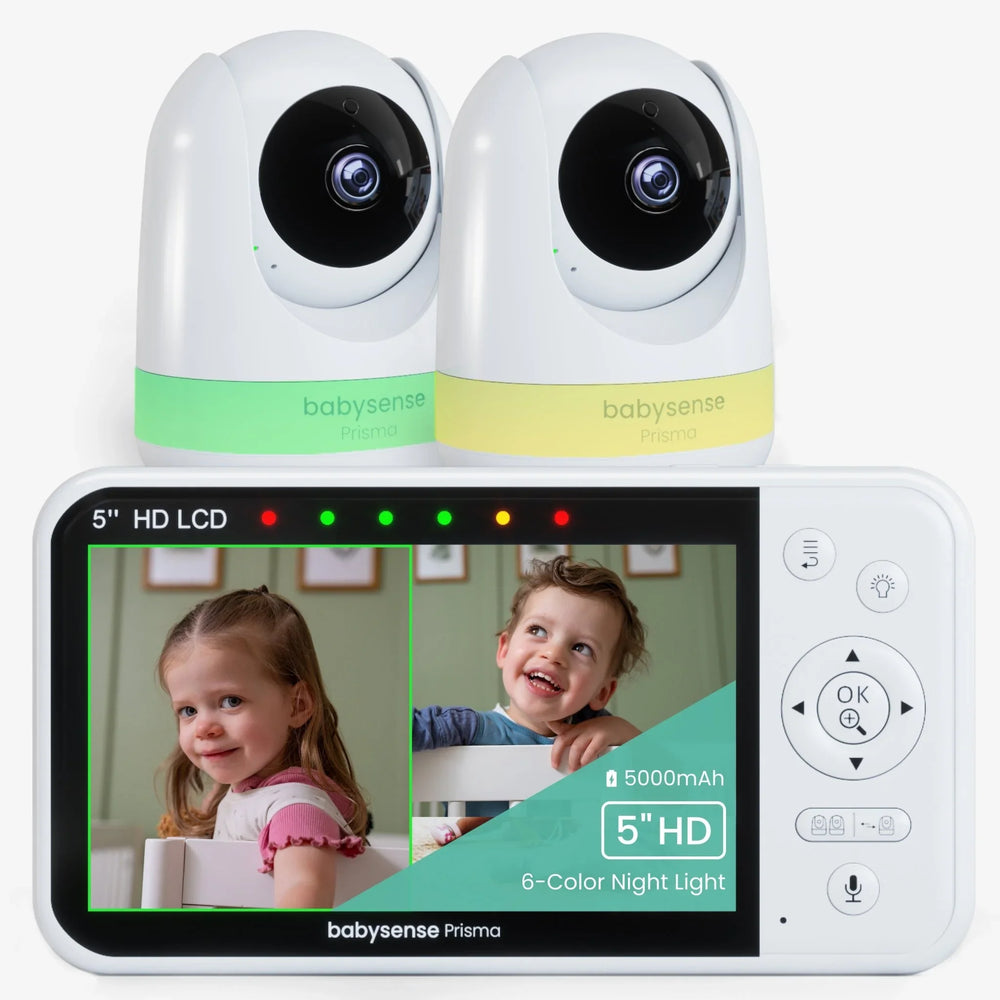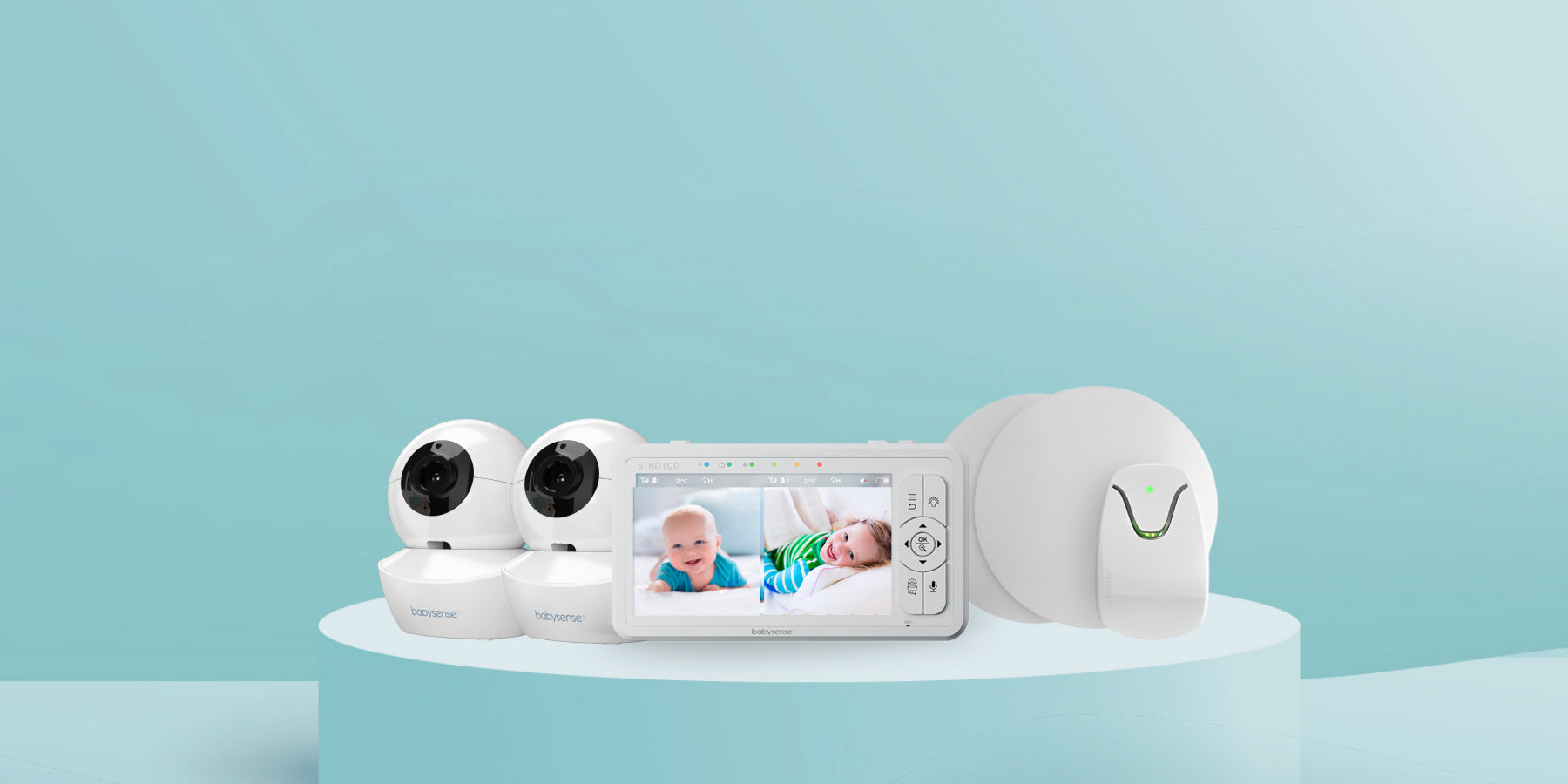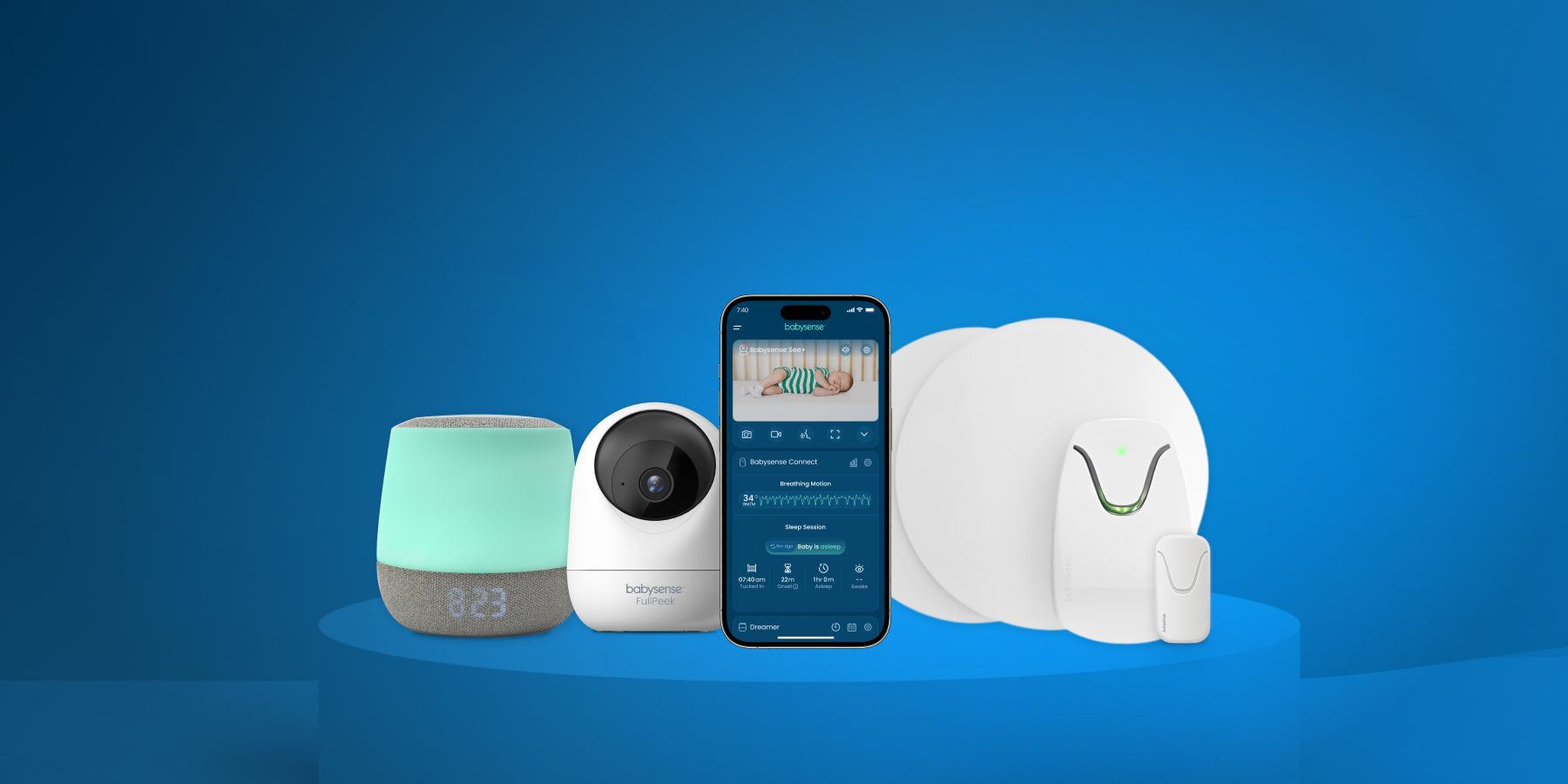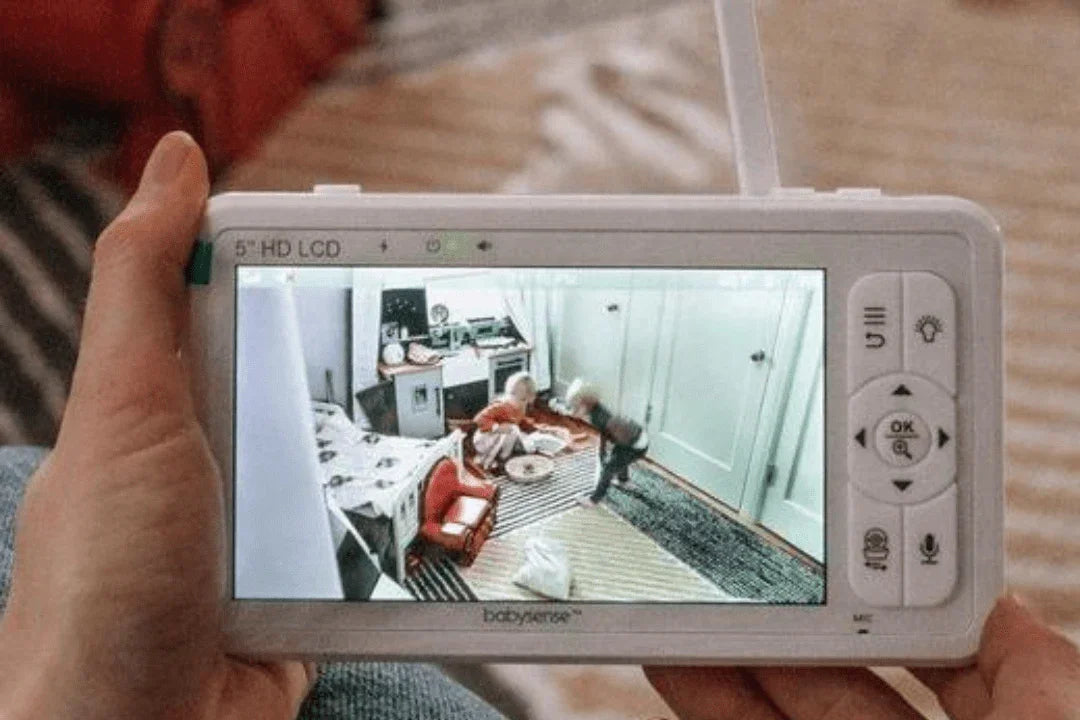Securing your WiFi baby monitor is an important step in protecting your family’s privacy. While hacking incidents are rare, parents can lower risks with simple actions like strong passwords, router security, and regular updates. For families who want built-in peace of mind, non-WiFi monitors such as the Babysense Prisma may offer a safer alternative.
- Can baby monitors be hacked?
- WiFi vs non-WiFi risks
- Hack-proofing tips
- Security checklist
- How Babysense secures monitors
Can baby monitors be hacked?
Yes, WiFi-enabled baby monitors can be hacked if networks or firmware are not secured. Media outlets have shared stories of strangers speaking through monitors or accessing video feeds. Although these cases are uncommon, the possibility is why extra caution matters. Babysense has not had such reports and works to keep monitors secure.
WiFi vs non-WiFi risks
WiFi baby monitor risks
WiFi monitors connect through the internet, making them more exposed if routers or apps are outdated. Weaknesses in old firmware or default logins can be exploited.
Non-WiFi baby monitor risks
Non-WiFi baby monitors, such as the Babysense Prisma, rely on FHSS and DECT transmission. These make them much harder to hack and a preferred option for families focused on privacy.

How to hack-proof your WiFi baby monitor
Here are practical steps that can help secure your internet-connected baby monitor:
- Secure your router with strong passwords and updated firmware.
- Avoid default login details and create unique passwords for devices and WiFi.
- Enable two-factor authentication if available.
- Use encrypted connections and update firmware regularly.
- Register your device and set up Google Alerts for updates or recalls.
- Disable remote access when not in use and limit to local networks.
- Use a firewall to protect all internet-connected devices at home.
- Check device logs and disable unsafe settings like UPnP or port forwarding.
The baby monitor security checklist
At a minimum, you should:
- Keep firmware updated
- Secure your WiFi network
- Use strong and unique passwords
- Adjust camera and router settings
- Use encryption and firewall protection
How Babysense secures our baby monitors
Babysense takes security seriously. Our non-WiFi models, including the Prisma, use FHSS technology and point-to-point encrypted transmission. For families who prefer smart features, our WiFi models implement strong encryption and undergo regular updates.
Product Spotlight: Babysense Prisma
A reliable non-WiFi monitor with split screen, night light, and secure FHSS transmission.
Learn MoreFAQs
Is it common for baby monitors to be hacked?
No, it is rare. Risks mostly affect WiFi-enabled models when networks are not secured.
What is the safest type of baby monitor?
Non-WiFi monitors like the Babysense Prisma offer strong security since they do not connect to the internet.
Should I disable remote access?
Yes, unless you need it. Turning off remote access reduces exposure to potential intrusions.
How often should I update my monitor?
Check for updates monthly or enable automatic firmware updates when available.
Disclaimer: This article provides general guidance and should not be taken as professional or medical advice. Always follow manufacturer instructions for device safety.
Reviewed: September 3, 2025





